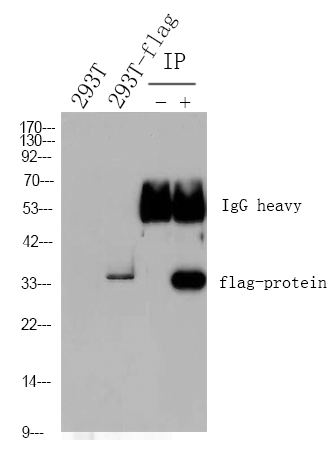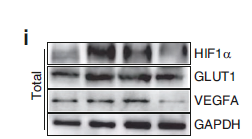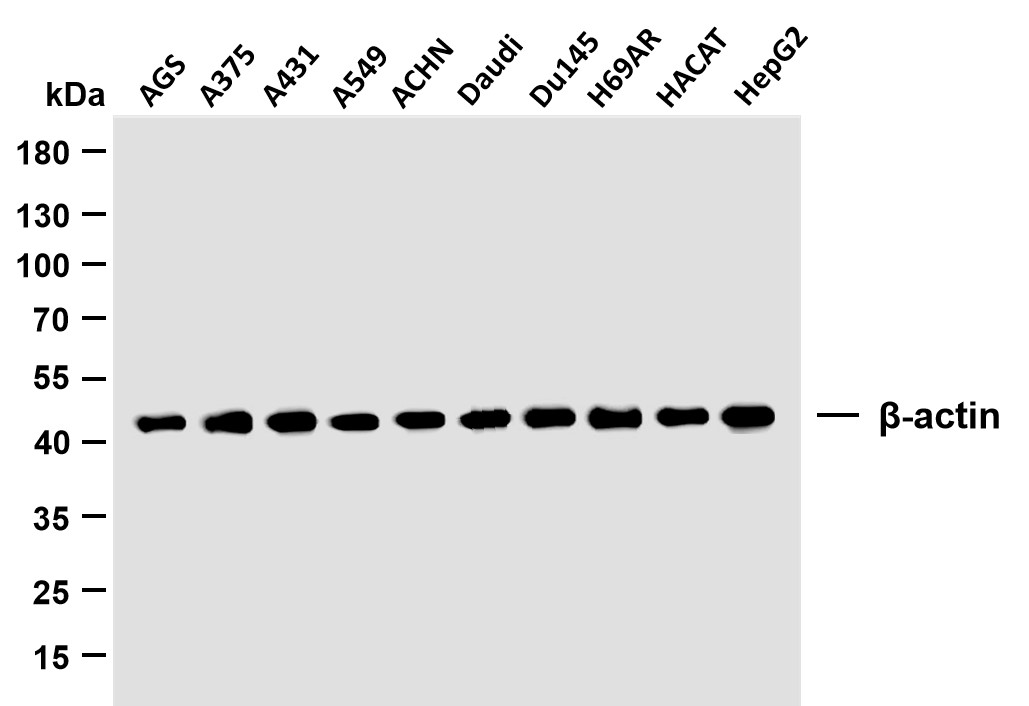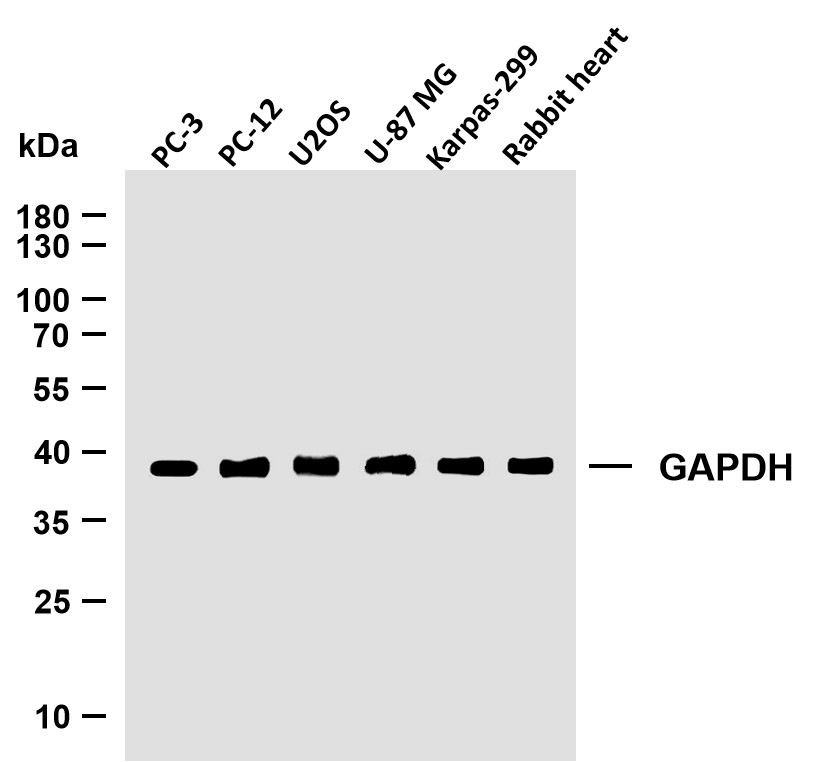
Catalog: YN1694
Size
Price
Status
Qty.
200μL
$450.00
In stock
0
100μL
$280.00
In stock
0
40μL
$150.00
In stock
0
Add to cart


Collected


Collect
Main Information
Target
DUS26
Host Species
Rabbit
Reactivity
Human, Mouse, Rat
Applications
WB, ELISA
MW
23kD (Observed)
Conjugate/Modification
Unmodified
Detailed Information
Recommended Dilution Ratio
WB 1:500-2000; ELISA 1:5000-20000
Formulation
Liquid in PBS containing 50% glycerol, and 0.02% sodium azide.
Specificity
DUS26 Polyclonal Antibody detects endogenous levels of protein.
Purification
The antibody was affinity-purified from rabbit antiserum by affinity-chromatography using epitope-specific immunogen.
Storage
-15°C to -25°C/1 year(Do not lower than -25°C)
Concentration
1 mg/ml
MW(Observed)
23kD
Modification
Unmodified
Clonality
Polyclonal
Isotype
IgG
Related Products
Antigen&Target Information
Immunogen:
Synthesized peptide derived from human protein . at AA range: 130-210
show all
Specificity:
DUS26 Polyclonal Antibody detects endogenous levels of protein.
show all
Gene Name:
DUSP26 DUSP24 LDP4 MKP8 NATA1 SKRP3
show all
Protein Name:
Dual specificity protein phosphatase 26 (Dual specificity phosphatase SKRP3) (Low-molecular-mass dual-specificity phosphatase 4) (DSP-4) (LDP-4) (Mitogen-activated protein kinase phosphatase 8) (MAP kinase phosphatase 8) (MKP-8) (Novel amplified gene in thyroid anaplastic cancer)
show all
Background:
This gene encodes a member of the tyrosine phosphatase family of proteins and exhibits dual specificity by dephosphorylating tyrosine as well as serine and threonine residues. This gene has been described as both a tumor suppressor and an oncogene depending on the cellular context. This protein may regulate neuronal proliferation and has been implicated in the progression of glioblastoma through its ability to dephosphorylate the p53 tumor suppressor. Alternative splicing results in multiple transcript variants. [provided by RefSeq, Feb 2015],
Function:
Catalytic activity:A phosphoprotein + H(2)O = a protein + phosphate.,Catalytic activity:Protein tyrosine phosphate + H(2)O = protein tyrosine + phosphate.,Function:Inactivates MAPK1 and MAPK3 which leads to dephosphorylation of heat shock factor protein 4 and a reduction in its DNA-binding activity. Inhibits MAP kinase p38 by dephosphorylating it and inhibits p38-mediated apoptosis in anaplastic thyroid cancer cells. Can also induce activation of MAP kinase p38 and c-Jun N-terminal kinase (JNK).,similarity:Belongs to the protein-tyrosine phosphatase family. Non-receptor class dual specificity subfamily.,similarity:Contains 1 tyrosine-protein phosphatase domain.,subunit:Interacts with HSF4.,tissue specificity:Brain. In the brain it is expressed ubiquitously except in the hippocampus. Expressed in embryonal cancers (retinoblastoma, neuroepithilioma and neuroblastoma) and in anaplatic thyroid cancer.,
show all
Cellular Localization:
Cytoplasm. Nucleus. Golgi apparatus.
show all
Tissue Expression:
Brain. In the brain it is expressed ubiquitously except in the hippocampus. Expressed in embryonal cancers (retinoblastoma, neuroepithilioma and neuroblastoma) and in anaplatic thyroid cancer.
show all
Reference Citation({{totalcount}})
Catalog: YN1694
Size
Price
Status
Qty.
200μL
$450.00
In stock
0
100μL
$280.00
In stock
0
40μL
$150.00
In stock
0
Add to cart


Collected


Collect
Recently Viewed Products
Clear allPRODUCTS
CUSTOMIZED
ABOUT US
Toggle night Mode
{{pinfoXq.title || ''}}
Catalog: {{pinfoXq.catalog || ''}}
Filter:
All
{{item.name}}
{{pinfo.title}}
-{{pinfo.catalog}}
Main Information
Target
{{pinfo.target}}
Reactivity
{{pinfo.react}}
Applications
{{pinfo.applicat}}
Conjugate/Modification
{{pinfo.coupling}}/{{pinfo.modific}}
MW (kDa)
{{pinfo.mwcalc}}
Host Species
{{pinfo.hostspec}}
Isotype
{{pinfo.isotype}}
Product {{index}}/{{pcount}}
Prev
Next
{{pvTitle}}
Scroll wheel zooms the picture
{{pvDescr}}


















